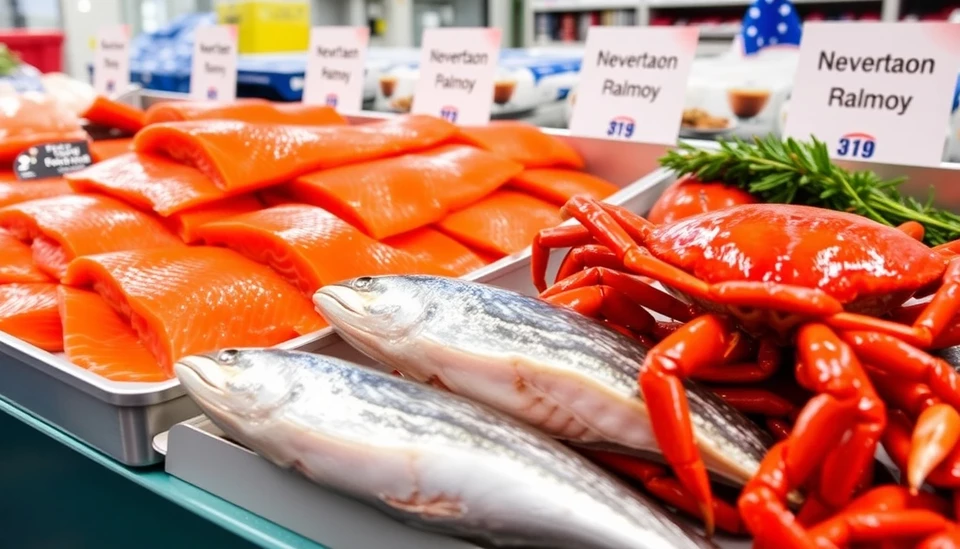
In a significant development for Norway's fishing industry and environmental health, officials have raised concerns regarding the rising risk of salmon lice infestations. Environmental authorities are sounding the alarm as these parasites pose a substantial threat not only to farmed salmon but also to wild fish populations in Norway's coastal waters.
The emergence of this issue comes at a time when the country is already grappling with the implications of aquaculture, which has seen a boom over the last few decades. Salmon lice, scientifically known as *Lepeophtheirus salmonis*, can severely affect the health of fish, leading to high mortality rates among wild salmon and other fish species. The Norwegian Aquaculture Operations' report highlights a noticeable spike in these infestations, raising questions about potential long-term consequences for marine biodiversity.
Officials have pointed to the increased density of farmed fish as a key factor contributing to the problem. As fish farming operations scale up, the concentration of salmon in pens creates an ideal breeding ground for these parasites. This situation raises alarming concerns for wild salmon, whose populations are already under pressure from various environmental factors, including climate change and river damming.
In response to these challenges, Norwegian authorities are discussing strategies to mitigate the effects of salmon lice. Solutions being considered include stricter regulations on fish farming practices, advancements in lice treatment technologies, and enhancing the genetic resilience of fish stocks. Environmentalists advocate for a more sustainable approach to aquaculture that balances economic interests with ecological preservation.
The situation is critical, and experts warn that without immediate intervention, the cascading effects could lead to a significant decline in both wild fish populations and the overall health of Norway's marine ecosystems. As the nation holds a pivotal role in global seafood markets, these developments not only threaten local fisheries but could also have far-reaching implications for food security and economic stability.
In summary, the warning from Norway’s environmental agencies underscores the urgent need for collaboration between government, industry, and conservationists to address the increasing threat of salmon lice. The balance between thriving aquaculture and the protection of wild fish populations is now more crucial than ever.
#Norway #SalmonLice #Aquaculture #WildFish #MarineEcosystems #Sustainability #EnvironmentalSafety
Author: John Harris




